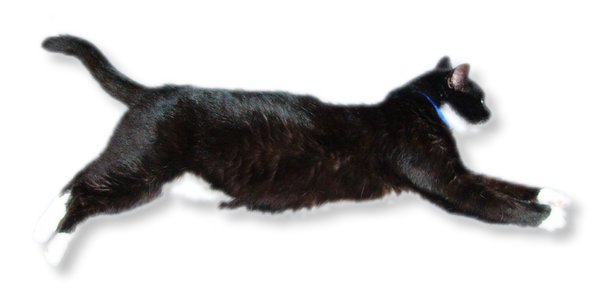The Psychology of Cats: Litter Box Preferences and Behaviors
The Psychology of Cats: Litter Box Preferences and Behaviors
Blog Article

Cat litter and litter boxes play a critical role in the lives of both cats and their owners. From the simple starts of sand and soil to the ingenious advancements of today, the world of cat litter has progressed substantially. In this comprehensive guide, we delve into every aspect of cat litter and litter boxes, exploring their history, types, benefits, challenges, and everything in between.
The history of cat litter dates back centuries, with ancient civilizations using sand, soil, and even ashes as primitive litter materials. However, it wasn't until the mid-20th century that modern cat litter as we know it emerged. In 1947, Edward copyright introduced the world's first commercial cat litter made from absorbent clay, transforming the way cats relieved themselves indoors. Because then, cat litter has undergone numerous transformations, with the intro of clumping litter, silica gel litter, eco-friendly alternatives, and more.
Today, feline owners are ruined for choice when it concerns selecting the right litter for their feline companions. Standard clay litter stays popular for its cost and effectiveness in absorbing smells. Clumping litter, which forms strong clumps when wet, streamlines cleaning and upkeep. Silica gel litter, made up of highly absorbent silica crystals, offers remarkable smell control and longevity. Biodegradable alternatives, such as recycled paper, wood pellets, corn, and wheat, interest environmentally conscious customers.
Each type of cat litter offers unique benefits. Clay litter stands out in its ability to absorb wetness and control odors, making it a reputable choice for lots of feline owners. Clumping litter simplifies daily scooping and extends the time in between complete litter changes. Silica gel litter supplies remarkable odor control and can last longer in between replacements. Naturally degradable litters offer a sustainable option that reduces environmental effect.
While cat litter improves indoor feline hygiene, it is not without its difficulties. Dust from clay litter can position automatic cat litter box breathing dangers for both cats and people, triggering the appeal of dust-free alternatives. Some cats might develop litter box hostility due to issues with texture, aroma, or cleanliness, demanding experimentation with different litters and box setups. Multi-cat homes may need tactical litter box positioning and frequent upkeep to prevent territorial conflicts and ensure all felines have access to clean centers.
Selecting the suitable litter box is essential for promoting favorable litter box habits and general feline well-being. Elements Wood Cat Litter to think about include size, availability, and design choices. Covered litter boxes provide personal privacy and help include smells, but some felines may find them restricting or intimidating. Open-top litter boxes use easy gain access to and exposure however may result in more litter scatter. Automatic self-cleaning litter boxes simplify maintenance however need regular monitoring and maintenance.
Proper litter box maintenance is vital for ensuring a tidy and welcoming environment for both cats and their owners. Daily scooping eliminates waste without delay, reducing smell and preventing litter box aversion. Routine litter replacement, generally every 1-2 weeks, avoids bacterial accumulation and keeps optimum absorbency. Extensive cleaning with mild cleaning agent and water, preventing harsh chemicals that might hinder cats from using package, need Tofu Cat Litter to be performed monthly.
Cat litter and litter boxes play a main function in cultivating a healthy and harmonious relationship in between felines and their human buddies. With a diverse variety of litter alternatives and litter box designs offered, feline owners have the versatility to tailor their choices to fit their felines' choices and family requirements. By understanding the development, types, advantages, and obstacles of cat litter and litter boxes, family pet owners can provide their feline friends with a comfy and sanitary indoor environment.